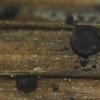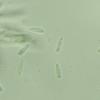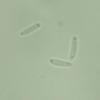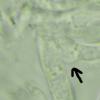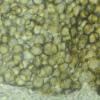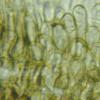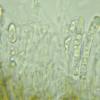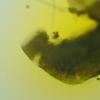
09-01-2026 17:41
Arnold BüschlenHallo, F. dilatata wird von vielen Bryoparasiten

10-01-2026 20:00
Tom SchrierHi all,We found picnidia on Protoparmeliopsis mur

07-01-2026 22:22
 Danny Newman
Danny Newman
Tatraea sp. on indet. hardwood The Swag, Great Sm

10-01-2026 01:18
 Danny Newman
Danny Newman
cf. Neovaginatispora fuckelii on indet. shrub Pre

07-01-2026 10:24
 Danny Newman
Danny Newman
Pezicula sp. on indet. hardwood Appalachian Highl

09-01-2026 10:08
 Blasco Rafael
Blasco Rafael
Hola, en el mismo habitat que la anteriorRetamaDia

08-01-2026 21:22
 Blasco Rafael
Blasco Rafael
Hola, He recogido esta muestra de Orbilia sobre Re

07-01-2026 17:29
 Marc Detollenaere
Marc Detollenaere
Dear Forum,On a barkless Populus I found some smal

10-11-2021 17:33
 Riet van Oosten
Riet van Oosten
Add-on topic http://www.ascofrance.com/forum/7059

07-01-2026 10:05
 Danny Newman
Danny Newman
cf. Chaetospermum on XylariaCosby Campground, Grea
This one was growing on a dead Polygonatum odoratum stem. There were both pale and black apos on the same stem and I think both are of the same species. The dark one's spores were slightly narrower and the oil content seemed to be a bit higher but no big difference. Both gave a vivid yellow KOH reaction.
In Gminder's key there's M. polygoni with a negative KOH reaction and M. ?polygoni with a clearly yellow reaction.
Pyrenopeziza polygoni is apparently a synonym but wouldn't the VBs and yellow reaction speak for Mollisia? That is, if this is that species. Any thoughts?
Spore measurements:
(7.6) 7.8 - 9.3 (9.7) × (2.1) 2.2 - 2.4 (2.6) µm
Q = (3.4) 3.43 - 4.2 (4.4) ; N = 15
Me = 8.7 × 2.3 µm ; Qe = 3.9


